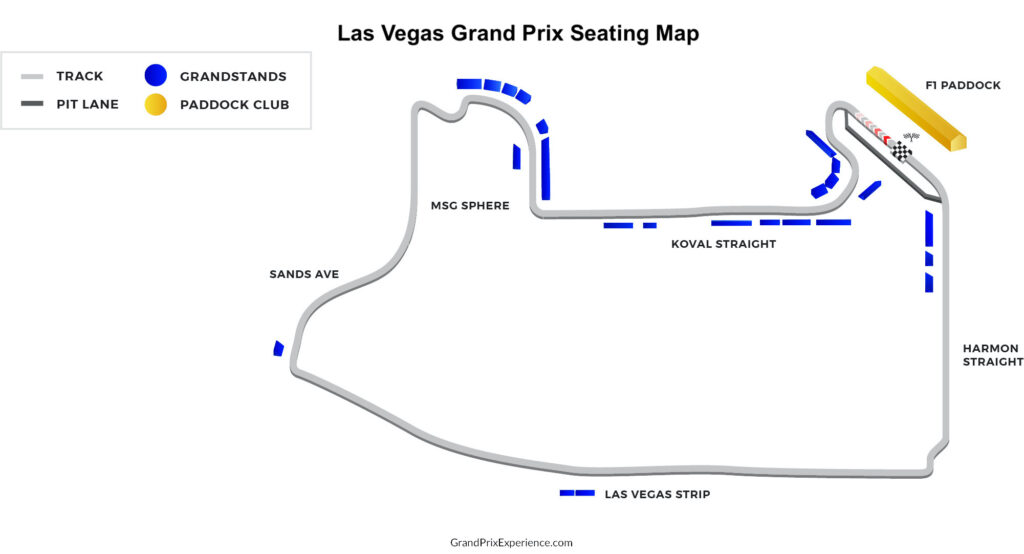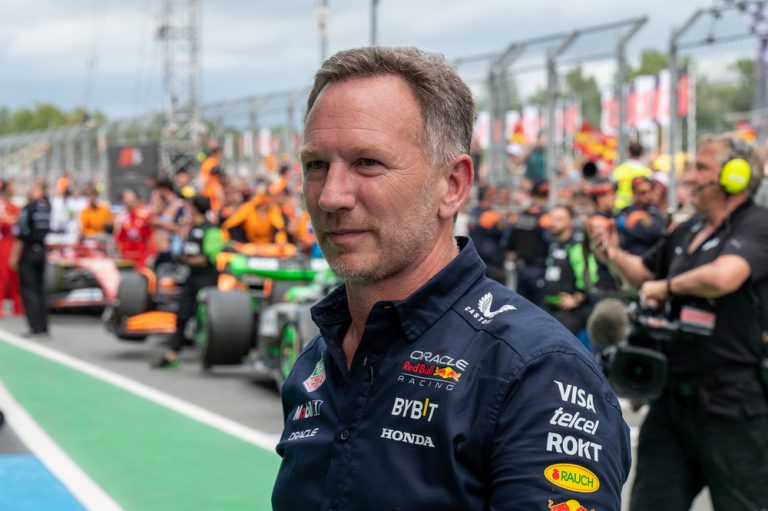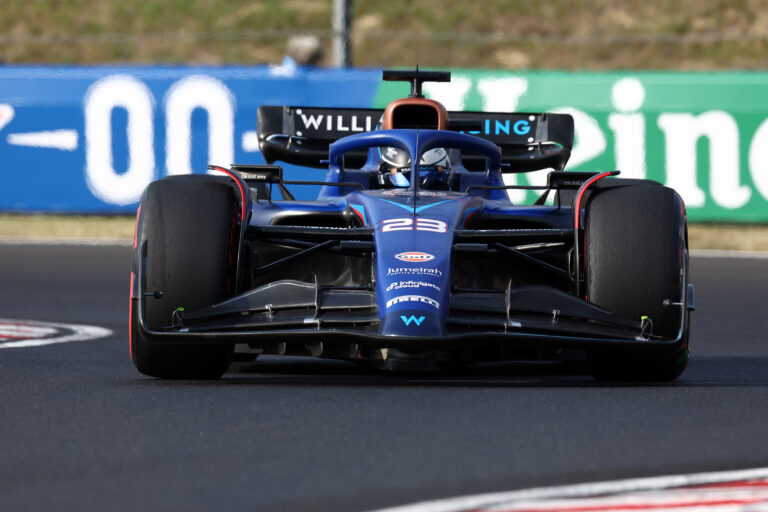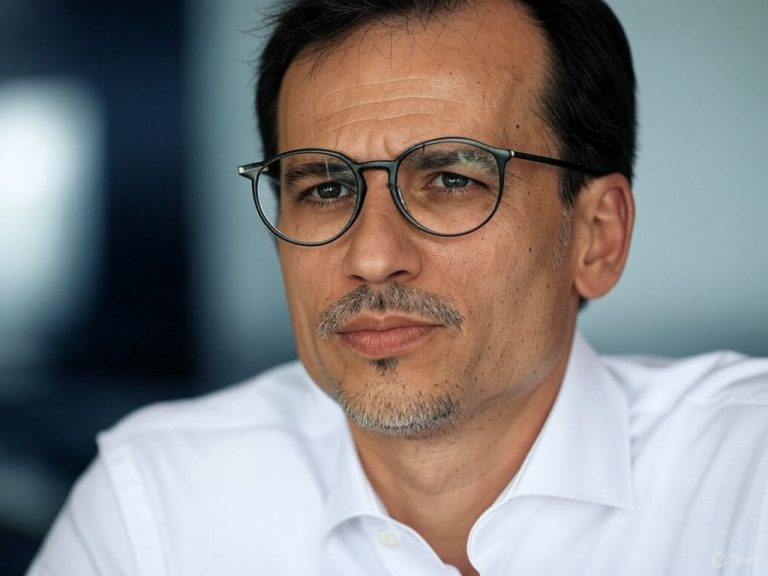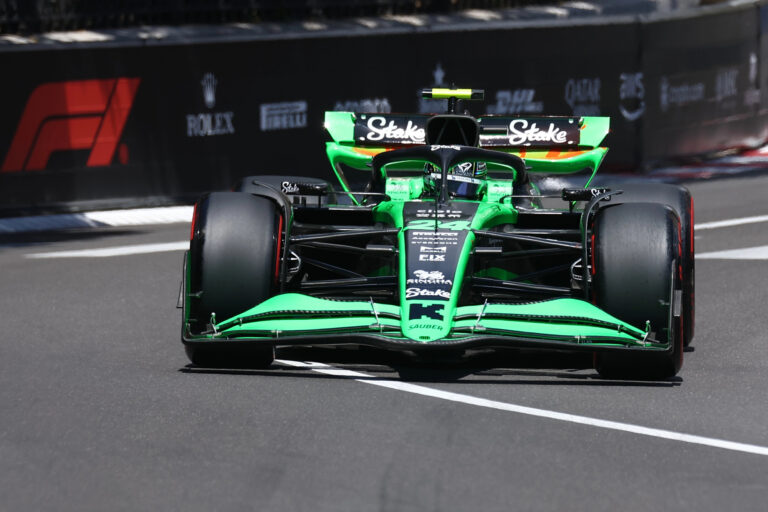Legends of Formula 1 Ron Dennis
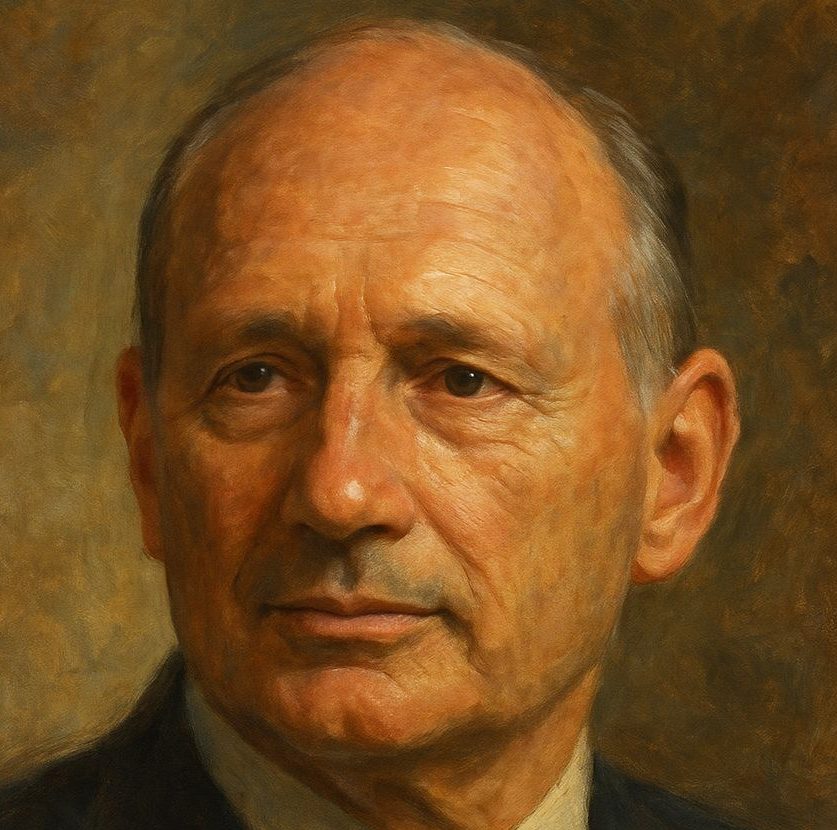
Few figures have shaped the modern era of Formula 1 quite like Ron Dennis. The visionary engineer turned team principal built McLaren into one of the sport’s most successful and technologically advanced teams. His relentless pursuit of perfection, meticulous attention to detail, and business acumen helped redefine Formula 1, both on and off the track. For nearly four decades, Dennis stood at the heart of McLaren’s success—his name synonymous with precision, innovation, and excellence.
If you want Formula 1 tickets and package deals, please click here.
Ron Dennis’ Origins and Early Career
Ronald Dennis was born on June 1, 1947, in Woking, Surrey, England—ironically, the future home of McLaren’s headquarters. The son of a gas-works employee, Dennis displayed an early fascination with engineering and machinery. He left school at sixteen to pursue a mechanic apprenticeship at Thompson & Taylor, located at the Brooklands racing circuit, where he first came into contact with the world of motorsport.
His dedication and technical understanding soon earned him a position with Cooper Racing, where he worked as a mechanic for rising stars like Jochen Rindt. From there, he joined Brabham, serving as chief mechanic for Jack Brabham’s team during the late 1960s. Dennis quickly gained a reputation for his organization, innovation, and refusal to accept anything less than excellence.
After leaving Brabham, he founded his own Formula 2 outfit—Rondel Racing—in 1971. Despite limited resources, Dennis’s team was known for its professionalism and precision, hallmarks that would later define McLaren under his stewardship.
Formula 1 Career and McLaren’s Rise
The McLaren Merger and the Birth of a Dynasty (1980–1985)
In 1980, Dennis’s company, Project Four Racing, merged with the struggling McLaren team, creating what would become the McLaren International we know today. With financial backing from TAG and technical genius from John Barnard, Dennis introduced a new level of professionalism to Formula 1. Under his leadership, McLaren produced the MP4/1, the first carbon-fibre monocoque chassis in F1 history—a revolutionary innovation that redefined safety and performance standards.
In 1984, McLaren captured both the Constructors’ and Drivers’ Championships with Niki Lauda, narrowly beating Alain Prost. A year later, Prost claimed his first world title, cementing McLaren’s position at the pinnacle of the sport.
The Prost–Senna Era (1988–1991)
#HappyBirthday Ron Dennis 🎂
— Formula 1 (@F1) June 1, 2016
"I want @McLarenF1 to succeed – always have, always will" >> https://t.co/3khtxIS5eJ pic.twitter.com/a79YEfgLfG
Dennis’s eye for talent and willingness to manage complex personalities led to one of the most intense rivalries in F1 history: Ayrton Senna vs. Alain Prost. McLaren dominated the late 1980s, winning 15 of 16 races in 1988 with Senna taking his first title. Under Dennis, McLaren’s brand became synonymous with cutting-edge technology, immaculate presentation, and ruthless efficiency.
Yet Dennis was as much a philosopher as a boss—famous for his “Ronspeak,” a blend of corporate precision and motivational language. His perfectionism drove McLaren to success but also created legendary internal battles, most famously between Senna and Prost.
The Hakkinen and Hamilton Years (1990s–2000s)
After Honda’s departure and a period of transition, Dennis orchestrated McLaren’s revival in the late 1990s with Mika Häkkinen, who won back-to-back titles in 1998 and 1999. Partnering with Mercedes, McLaren became a powerhouse once again, blending German engineering with Dennis’s English discipline.
In 2007, Dennis unveiled McLaren’s next great hope—Lewis Hamilton, a driver he had supported since childhood through McLaren’s driver development program. Hamilton’s arrival sparked a new generation of success, but also controversy. The tense rivalry between Hamilton and Fernando Alonso mirrored that of Senna and Prost two decades earlier. Despite internal challenges and the infamous “Spygate” scandal, Dennis’s McLaren remained at the forefront of Formula 1 innovation.
Achievements Under His Leadership
During Dennis’s tenure as team principal and CEO (1980–2009), McLaren captured:
- 7 Drivers’ Championships (Lauda 1984, Prost 1985–1986–1989, Senna 1988–1990–1991, Häkkinen 1998–1999, Hamilton 2008)
- 10 Constructors’ Championships
- Over 150 Grand Prix victories
These accomplishments made McLaren the most successful F1 team of the 1980s and 1990s, rivaled only by Ferrari in total wins.
Life Beyond Formula 1
After stepping down as McLaren team principal in 2009, Dennis focused on expanding McLaren Group’s road-car division, overseeing the creation of McLaren Automotive and landmark models such as the MP4-12C, P1, and 720S. His leadership turned McLaren into a global luxury performance brand.
In 2017, following internal disagreements with shareholders, Dennis sold his remaining stake and formally left McLaren. Yet even in retirement, he remained active in business, investing in technology and hospitality ventures. He founded Podium Advanced Technologies and the charitable Dreamchasing Foundation, reflecting his lifelong belief in discipline, innovation, and excellence.
Career Summary
Born: June 1, 1947 – Woking, Surrey, England
Formula 1 Team Principal: 1980–2009 (McLaren)
World Championships (Drivers): 7 under his leadership
World Championships (Constructors): 10
Grand Prix Wins: 150+
Teams Managed: Project Four, McLaren
Honours: Commander of the British Empire (CBE, 2000); Prince of Asturias Award (1991)
Legacy
As @McLarenF1 mark 5️⃣0️⃣ years in #F1, we asked Ron Dennis for his personal highlights >> https://t.co/3khtxJ9G6h pic.twitter.com/WNuqVlnMz9
— Formula 1 (@F1) May 27, 2016
Ron Dennis’s influence on Formula 1 extends far beyond trophies. He professionalized every aspect of the sport—turning F1 teams into global enterprises, enforcing corporate discipline, and setting new benchmarks in design, safety, and presentation. His philosophy of “total commitment to excellence” reshaped how teams operated, from pit-lane procedures to hospitality suites.
Though his meticulous management style sometimes drew criticism, Dennis’s pursuit of perfection made McLaren an icon of innovation. The state-of-the-art McLaren Technology Centre in Woking stands as a monument to his vision—a place where engineering meets artistry.
Few figures have done more to bridge the gap between sport and science, passion and precision. Ron Dennis may have stepped away from Formula 1, but his fingerprints remain on every carbon-fibre car that roars down a pit lane.
If you want Formula 1 tickets and package deals, please click here.
